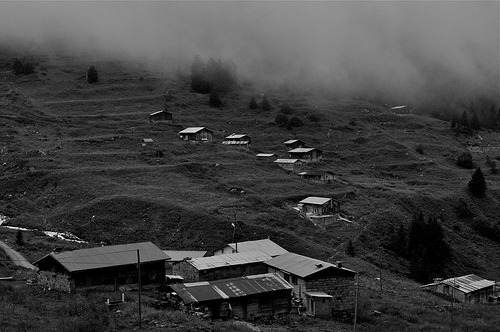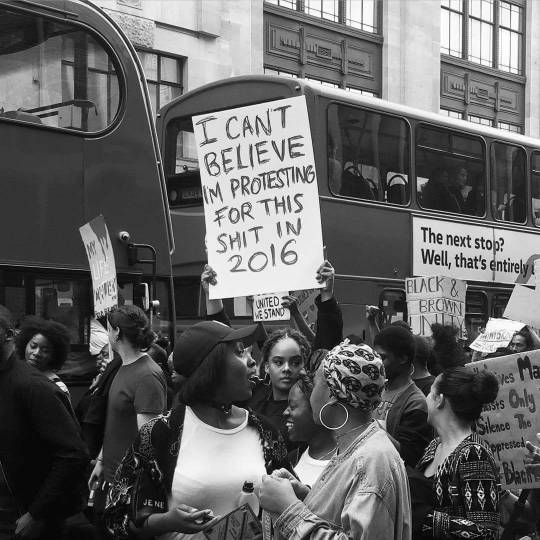|| kurdish & armenian || lesbian || ☭✹ || destroying conservatives is my hobby
Last active 60 minutes ago
Don't wanna be here? Send us removal request.
Text
Bert Vaux theorizes that Homshetsma can allow us a glimpse of “pure” Armenian since: a) it is not a written language and therefore has not undergone influence from classical or literary dialects. b) it retains archaisms found in classical and middle Armenian.



Bert Vaux. “Part III Language: Homshetsma: The Language of the Armenians of Hamshen.” The Hemshin: History, Society and Identity in the Highlands of Northeast Turkey (Caucasus World: Peoples of the Caucasus). Hovann H. Simonian. 265-266.
16 notes
·
View notes
Photo


The Hemshin are without doubt one of the most enigmatic peoples of Turkey and the Caucasus. As former Christians who converted to Islam centuries ago yet did not assimilate into the culture of the surrounding Muslim populations, as Turks who speak Armenian yet are often not aware of it, as Muslims who continue to celebrate feasts that are part of the calendar of the Armenian Church, and as descendants of Armenians who, for the most part, have chosen to deny their Armenian origins in favour of recently invented myths of Turkic ancestry, the Hemshin and the seemingly irreconcilable differences within their group identity have generated curiosity and often controversy. (x)
75 notes
·
View notes
Photo

Hemshin women from Elevit, Çamlıhemşin, Rize (1982)
43 notes
·
View notes
Photo


Hemshinli of Rize | Charles Roffey
In the latter half of the eighth century, and for a hundred years before that (and a hundred years after), Armenia was an emirate–a satellite state of the Islamic caliphates: first the Rashidun, then the Umayyad, and finally the Abbasid. Armenia was conquered and brought under Arab rule in 645 C.E.–this meant, among other things, that its Christian inhabitants (the vast majority of the Armenian population at that time) paid jizya, a special tax levied on kafirs, or non-Muslims.
Jizya–or, perhaps, Arab domination itself–did not sit well with the Amatunis, a noble Armenian family from Vaspurakan, who abandoned their homeland for the Black Sea region when it became clear that the Arabs did not plan on decamping any time soon. There, they established the Principality of Hamamshen, an autonomous nation that remained independent until the arrival of the Ottomans in the fourteenth century.
Over time, after prolonged separation from the Armenians of Armenia proper, the Armenians of Hamamshen became the Hemshin, a distinct ethnic group that later adopted Islam and forgot entirely its Armenian origins. The Hemshin peoples–the Hemshinli of Hemşin, the Hopa Hemshinli of Artvin, and the Christian Homshentsik of the Russian Caucasus–are considered by modern Armenians a lost Armenian people. Among the Hemshin themselves, no such consensus exists–the Hopa Hemshinli and the Homshentsik have been surprised to discover that Armenian outsiders understand their Homshetsma, in fact a dialect of western Armenian. In her documentary The Hamshen Community at the Crossroads of Past and Present, Lucine Sahakyan examines the unwillingness of the Hemshin to acknowledge their Armenian heritage.
The Hemshinli of Hemşin, Rize, are perhaps the most acculturated of the Hemshin peoples. They are Sunni Muslims, and unlike the Hopa Hemshinli and the Homshentsik, they do not speak Homshetsma but Turkish, exclusively. In these photographs, Hemshinli women pick and harvest tea. It is their staple crop (it replaced maize as the most profitable agricultural product in the 1990s), and, according to Erhan Ersoy, author of Social and economic structures of the Hemshin people in Çamlıhemşin, an essay included in The Hemshin: History, society, and identity in the Highlands of Northeast Turkey, edited by Hovann H. Simonian, "to a large extent, it is the women who are responsible for [tea cultivation] and animal husbandry.“
Cultivation of tea in Çamlıhemşin began at the end of the 1960s and the beginning of the 1970s. Of the twenty-four villages in the region, nineteen are engaged in the cultivation of tea… The main unit of production in the cultivation of tea is the family; small-scale cultivation is typical for the Rize region…
Although the great majority of the labour required for tea cultivation is carried out by women (80 percent…), a major part of the income generated is retained by men (around 60 per cent). The heads of households tend to say that the income from tea is so small as to be insignificant, adding that it is typically used to buy small things for the house or is split up among the women of the house, who usually use it to buy gold.
Ersoy explains that "the patriarchal family system is dominant in the region, and so the eldest male is the head of the household. The eldest woman in the household also enjoys high status. The term koçira among the Hemshinli is used to a describe a woman who performs a managerial function within the home rather than carrying out household duties. Elderly women,” he continues, “do not lose this status when their sons become adults, though as a general rule it is considered important that women obey the male head of the household. For women this is an inescapable rule, and for this reason it is women who do most of the heavy work like carrying loads.”
One Hemshinli woman said, “Only mothers bear all the burdens. Mothers who make their husbands bear a burden are considered dishonourable among the people. This tradition is still in force in the Hemshin region. The woman bears the burden of the whole family.”
The identity of the Hemshin peoples remains complicated, but that is not their primary concern. Compared to neighboring Laz villages, Hemshin villages are built at higher altitudes and are less suitable to tea cultivation; in 90% of households, at least one family member was forced to seek work outside of the village, most likely in the big city, in order to support their traditionally large families; women remain subject to the will of men while working harder than men do–these, and not the issue of Armenian heritage, remain the most pressing problems of the Hemshin peoples.
74 notes
·
View notes
Photo


Hemshinli women in Ayder and Çamlıhemşin, Rize, Turkey
The Hemshin people live in the mountainous forested interior of the eastern Black Sea region in an area stretching from the county of Çayeli, in the province in Rize, as far east as the Georgian border of the county of Hopa, in the province of Artvin. They made be divided into two main groups, the first being found in Rize…and the second group living further east…
Most Hemshinli [Hemshin living in Rize province], including many among the ones who live in big cities, are highly devoted to their land and especially to the yaylas because of their natural beauty and cultural meanings. They are very proud of their cultural identity and its uniqueness–even if they do not have a clear idea of their ethnic roots. They refer to themselves as ‘Hemshinli’, and with this name they distinguish themselves from other groups such as their Lazi neighbors living in the coastal lowlands. Moreover, the Hemshinli continue to celebrate their traditional cultural festivals communally each year. In particular, the Vartevor and Hodoç festivals, which originate in old Armenian traditions, are celebrated in the yaylas every summer; they serve to strengthen social cohesion and a sense of ethnic identity among the Hemshinli by preserving the unique cultural values they share.
83 notes
·
View notes
Text


This village, known as Elevit / Egiovit / Evoghiwt (now Yaylakoy) is said to be the last village Armenians remained in before being deported by the Ottoman regime in the early 20th century.
SeRLoosh / Flickr
These photographs were taken in Hemshin last summer, with exception to a few, which were taken in Armenia. Looking at the human side of politics. Looking at people and not policies. Rest of set.
99 notes
·
View notes
Text
Seeing a lot of posts about the Palestinian flag, and it got me thinking about indigenous flags around the world.
Māori:

Kalaallit Nunaat:

Haudenosaunee

Nunatsiavut:

Australian Aboriginal:

Torres Strait Islands:

Rapa Nui:

Kurdistan:

Sami:

Ainu:

Of course, these are just a handful. May they all reclaim their stolen lands.
18K notes
·
View notes
















